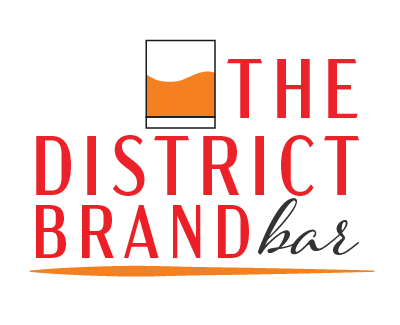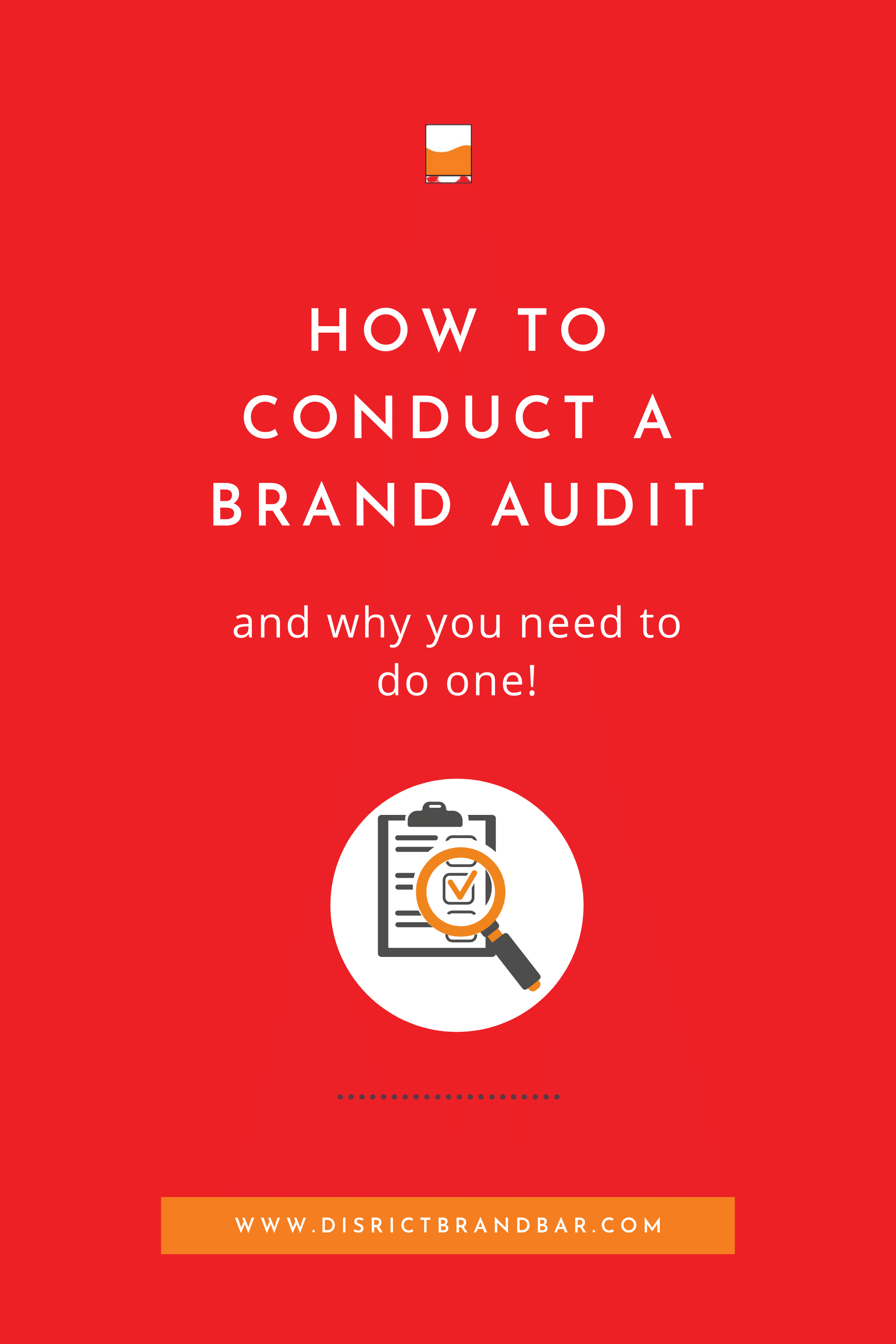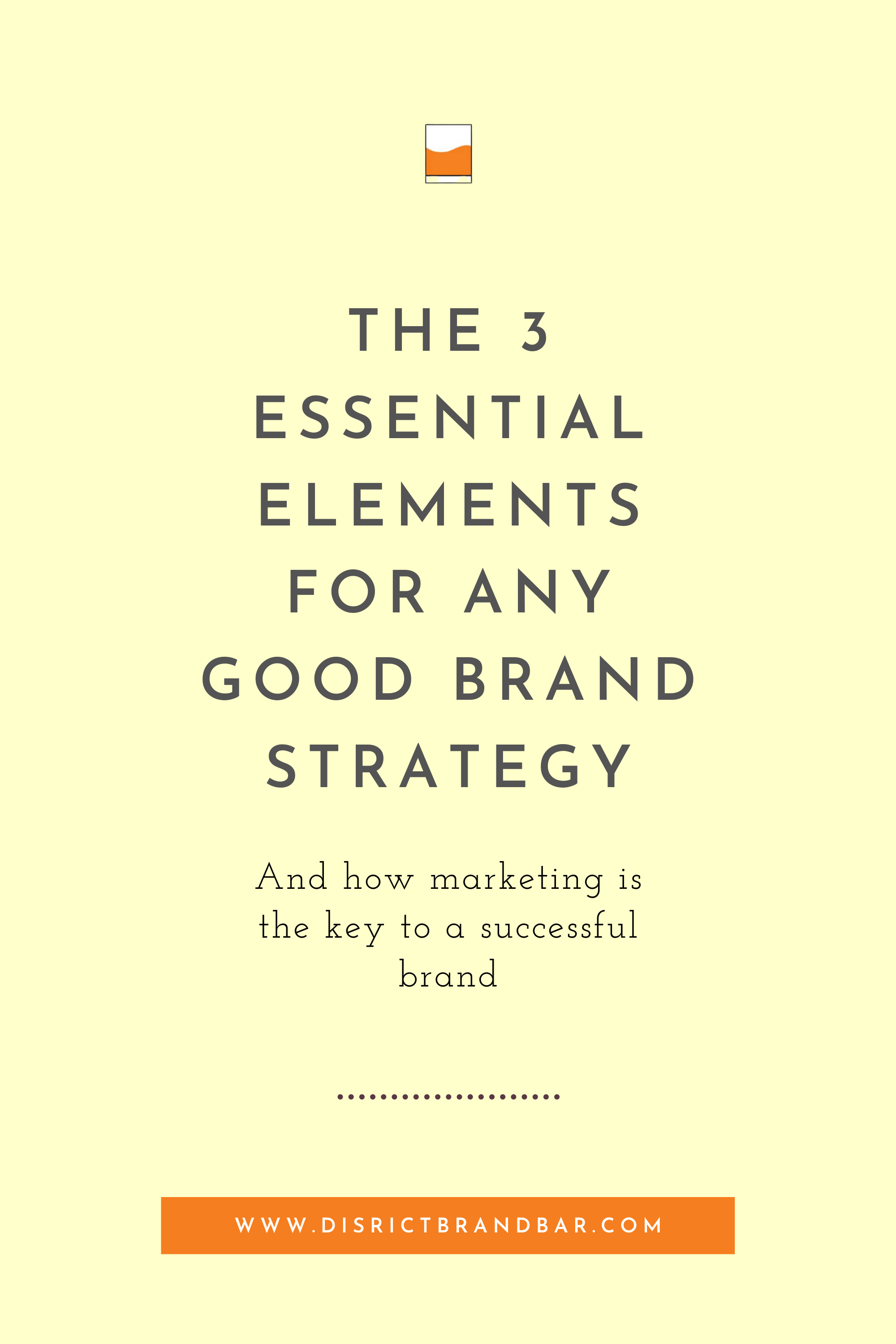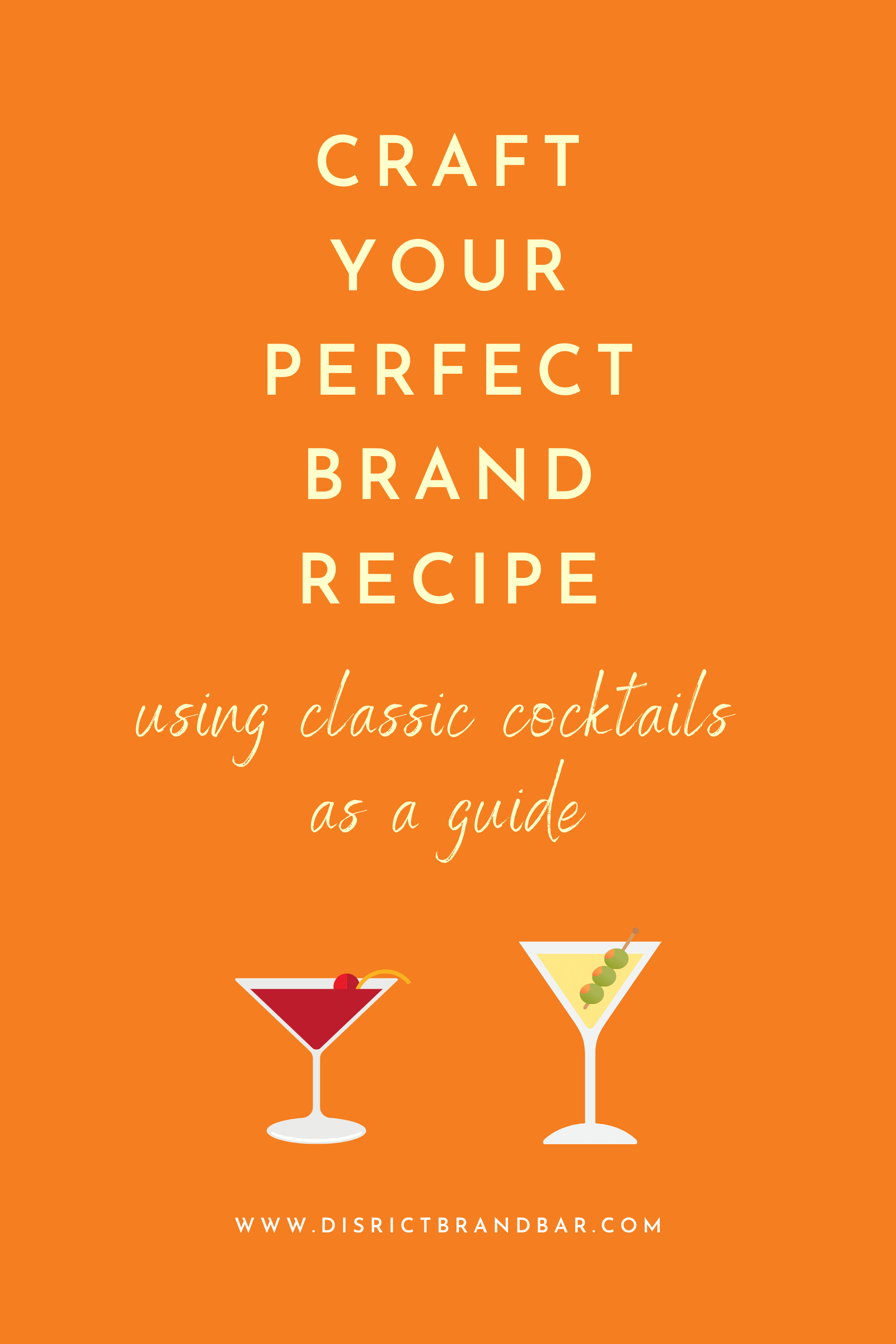How to Conduct a brand audit
And why you need to do one!
When was the last time you did an audit of your brand and everything that mentions your brand online?
Pulled everything out, dusted off the stuff you haven't reviewed in a while, and looked at it all as a whole?
Doing a regular comprehensive audit of your brand and online presence is key to have a consistent, compelling and trustworthy brand.
How many times have you reworked your core message? And when you did, how many times did you google your brand to update all those areas you have that core message?
If you are like most of us, the answer to those 2 questions are not the same! But they should be.
You want your brand to tell the same compelling message in every place a person may come in contact with your business. That is what builds trust.
So today I'm going to spill all my secrets on how I do a brand audit for my clients.
It's the first step in my Market Your Brand service where I go behind your "bar" with you to create a custom marketing strategy that brings in new audiences, nurtures them, and turns them into customers.
It’s important to understand where you are now before you can plan where you are going. The audit shows what story you are telling and how you are showing up online. Only then can you look for strengths and how to leverage them, as well as opportunities to improve how you portray the value of your business to existing and potential customers or clients.
I actually did a little audit a few weeks ago of my home bar. I'm in the midst of a cocktail challenge that has me purchasing a lot more liquor bottles and it's become quite unruly.
I glean so many insights when I do a brand audit for myself and my clients, and no surprise, There were some great lessons in my bar audit that were applicable:
There are always hidden gems that need to come to the front! I found some liqueur bottles I forgot about that I love. They are now front and center so I don't forget.
You probably have some great messages or other materials that tell your brand story so well but you keep them hidden. A brand audit helps uncover your best stuff.
You can always slim down. I had 3 sets of the same brand of bottles that I was able to combine so they took up less space.
I always find that my clients are in too many places when it comes to their marketing. And that effort just takes up too much space, time, resources, energy.
Finish what you start and then move on. There were so many bottles with only a couple of ounces left in them. Not only does it take up space but too much oxygen in a bottle can alter its taste profile so it's better to finish it off while it's still good.
We are all victims of chasing shiny objects. How many courses have you started but not finished or been focused on one marketing channel only to jump to another before you could test it b/c some expert another one was better?
An audit can find those dead links or missing steps in your automations.
All those lessons just from cleaning out my bar! Imagine if you organize your whole house. 🙂
Ok so hopefully are sold on why you should do an audit. Let's dive into how to conduct one.
How to Conduct a Brand Audit
I like to do this once a quarter. Go in right now and block off 4 hours in each quarter. Say the first Wednesday morning of every quarter. Add this link to that calendar appointment so you can go through the steps when the day comes!
1. Gather all your brand assets in one place.
Your brand and marketing assets are the heartbeats of your brand. They are what connect an audience to your brand. They get used and seen constantly which means we want to make sure that they are current and easy to find.
So that's why we start with our brand assets.
What are Brand Assets?
Brand assets are the look and feel and voice of your brand. Here are the different elements that make up your brand assets:
Logos with Variations (color, tagline, submarks, transparent background, etc)
Visual Assets (brand colors, fonts, photography, headshots, product or team shots, key social media images)
Brand-level Messaging: tagline, mission/vision statement, profile descriptions, team bios, business description, elevator pitch, product/service descriptions, company history, list of keywords, target audience, buyer personas, commonly used phrases in your copywriting)
Easy Access Files (testimonials, key branding materials, and collateral like one-pagers, reports, toolkits, etc)
Most of you probably received a brand style guide when you launched your business, started your job, or rebranded. It’s a PDF, over-complicated with all of the ways to not screw up your logo (which you wouldn’t do anyway), and whenever you actually need something in it like your brand colors, it takes a minute to go find them. Or likely with your brand-level messaging, it’s all over the place and you end up writing a new “about” paragraph every time you are asked for one.
Pull that all together in one place. You want the best and final pieces in one folder. LInked in one spreadsheet. In a Finals/Best of/Only Use this section of your productivity system whether that be Evernote, Clickup or Trello. Just choose one place and that's where it all goes.
Ideally, as you create a new brand piece, it would go into this place right away. But since we are all human and busy, you may miss this step. So each quarter you'll take the time to take your latest and greatest and update your Brand Assets collection with the new one. Just remember to remove the ones that are no longer working for your brand.
2. Assess your brand story
Now that you have all your brand assets together, go through all the messaging. Look at your bio and tagline are on your website, your short "about statement" on your Facebook profile and any other messaging that is core to your brand.
Are these messages consistent across the board? Do they tell your brand story? Are they unique to you and your brand? Do they speak to your ideal client?
Take the messages that are working for your brand. And trash the rest! Seriously. Bad messaging will not make your brand successful. So you only want to use the content that is the best of the best.
When you have those new key messaging, update all of your marketing assets with them.
This is key brand consistency. You want to make sure that our message is consistent across the board.
Your brand creates awareness and builds trust and loyalty with customers. It takes about 5 to 7 impressions for people to remember your brand. Then many more to build on that awareness and develop the trust that will turn a cold audience into followers or customers. The more thoughtful and consistent we are with our brand across every touchpoint, the more success our brand will have. So make sure your brand story is consistent across your marketing!
3. Audit your website and blog
When was the last time you checked the core pages of your website? It’s good practice to do a quick website audit every quarter. Do you still have an old banner on the homepage? Does your messaging reflect your business focus for this year?
Review the top 10 pages on your website to ensure they reflect your current messaging and current work. Do you see anything that needs changing? Do all your links work?
Think through how a visitor may flow through your site. Does it make sense for them? Now is a great time to track your data and see if there are any pages that are more popular than you want to lift up or if one page has a really high bounce rate that you may want to edit.
4. Sign up for your emails again
So often we set our email welcome series and automation and then never go back and review it again! So here we want to do that.
But it's important to not just go into your email system and read the emails. You need to go through your automation as your audience would.
Did you know that Google actually gives you unlimited emails with a Gmail account? It makes it so easy to sign up for your own email list several times. It's all by using the + sign. So let's use name@gmail.com as an example. By adding the plus sign and a number or description, you have a new email that's perfect for testing: name+1@gmail.com; name+test@gmail.com; name+email@gmail.com, etc
So take your gmail+ email and sign up for your email list in all of the areas on your website and landing pages that people can get onto your email list. Don't forget any of your lead magnets or digital products.
Take note of any problems when you sign up. Were the instructions clear? Were you redirected to the right page? Then review each email closely as they come in. What copy is outdated? What needs updating with your new messaging?
4. Review your brand footprint
Now it's time to go beyond your website and look at your full brand footprint. What are all of those little touchpoints that a potential customer may come across? Create a list of every place your brand touches that you can go back and check every quarter. And make a note of places you need to update or even places you want to remove your profile from.
When was the last time you listened to your voicemail? Or reviewed your Google Business Listing? Are you a local business? Use this website to see how your business listing appears across the web. Google yourself and your brand. How many times did you sign up for a Networking site for your business only to never return again? If you aren’t using it, go ahead and remove the profile before it becomes out of date.
That's it! How good does it feel to have completed a comprehensive brand audit? When you have a handle on your brand and what you've put out into the world, it makes marketing so much easier.
And if you've read through all of this and realized that you need a little extra help when it comes to your brand and marketing? I've got you - let's chat!













